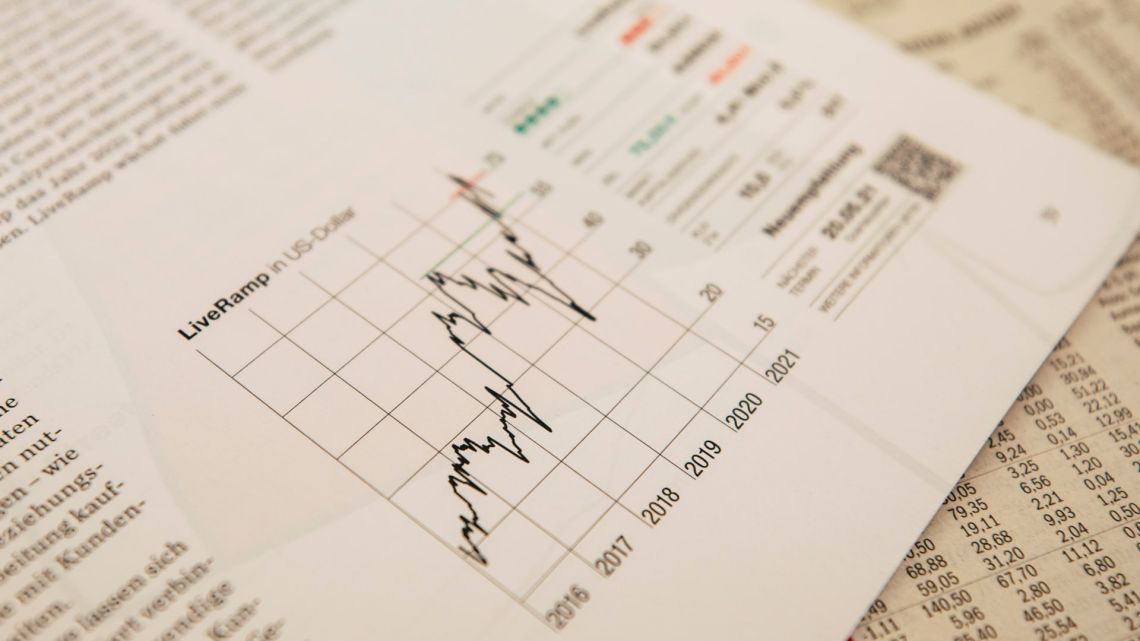
Introduction
In the world of chip investments, optimism was running high as the sector's benchmark index surged over 50% ahead of earnings season, fueled by the growing excitement surrounding artificial intelligence (AI) and expectations of a recovery for the industry. However, recent earnings results from key players in the chip market have thrown cold water on these expectations, revealing a different reality.
Concerns Emerge
Leading chip makers such as Taiwan Semiconductor Manufacturing (TSM), Texas Instruments (TXN), Intel (INTC), and Advanced Micro Devices (AMD) have reported results that highlight the misplaced enthusiasm. TSMC raised concerns by revealing that demand from major end markets such as computers, servers, and smartphones had deteriorated more than anticipated.
Similarly, Texas Instruments, a chip maker catering to various sectors, acknowledged weakness in its main markets, with the exception of automobiles. However, the most surprising setback has been the slower-than-expected recovery in China. Intel had previously identified "green shoots" of positive momentum in China a few months ago, expecting a strong rebound after the lift of Covid-19 lockdowns. Unfortunately, this optimistic narrative has vanished. Both Intel and TSMC reported that China has not recovered as projected and will negatively impact their businesses throughout the rest of the year.
Implications
The implications of these setbacks are significant, especially considering that the second half of the year typically generates the majority of revenue for chip companies. According to the Semiconductor Industry Association, China alone accounted for $180 billion in sales last year, representing 31% of the industry's total sales. The uncertainty surrounding China's recovery has cast a shadow on the industry's prospects for the remainder of the year.
As chip investors reassess their expectations and weigh the impact of these developments, it is clear that the chip industry is facing challenges and may need to navigate an unpredictable landscape in the coming months.
The Rise of AI in the Semiconductor Industry
The demand for AI-related chips and projects has seen a significant surge in recent times. However, there are two key challenges to consider.
Size Matters
Firstly, the relative size of the business is a crucial factor. Apart from Nvidia (NVDA), AI-related revenue remains a small fraction of sales for most semiconductor companies. TSMC offers a good example, where AI revenue accounts for just 6% of their total revenue. Unfortunately, this is not enough to offset the overall decline in chip demand.
Shifting Priorities
Secondly, AI spending has not been additive in nature. Instead, cloud companies are redirecting their spending towards AI-related chips while gradually moving away from legacy hardware. This shift has resulted in softness in the traditional data center segments of businesses like Intel, AMD, and TSMC. Consequently, these companies have experienced a level of cannibalization within their respective sectors.
Intel CEO Patrick Gelsinger acknowledges this trend and highlights that major cloud customers are allocating more of their resources towards building high-end AI training environments. As a result, these customers are prioritizing their budgets for AI initiatives during their overall infrastructure build-out.
Market Impact
The disappointments caused by a weak Chinese market, sluggish industry recovery, and the nuanced nature of the AI boom have taken a toll on share prices across the chip sector. Following their recent earnings reports, companies such as TSMC, Texas Instruments, and AMD have witnessed a roughly 7% decrease in their stock values. In contrast, Intel has managed to maintain a relatively stable stock performance.
Looking ahead, unless there is a significant turnaround in the fundamentals, the rest of the year may prove to be challenging for the semiconductor industry as a whole.
This Week in 's Tech













Write Your Comment